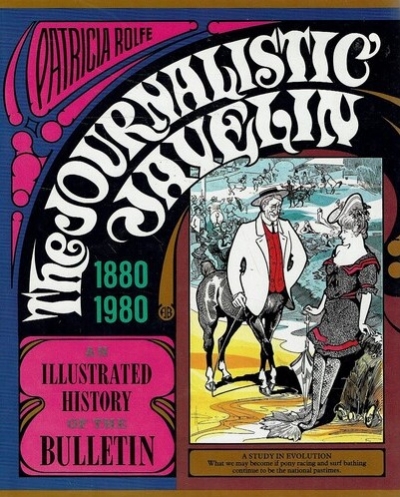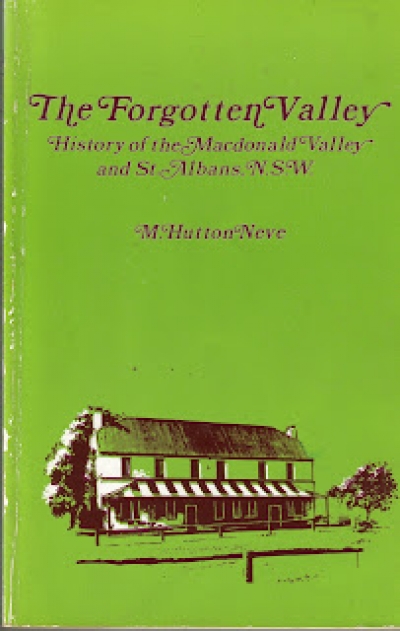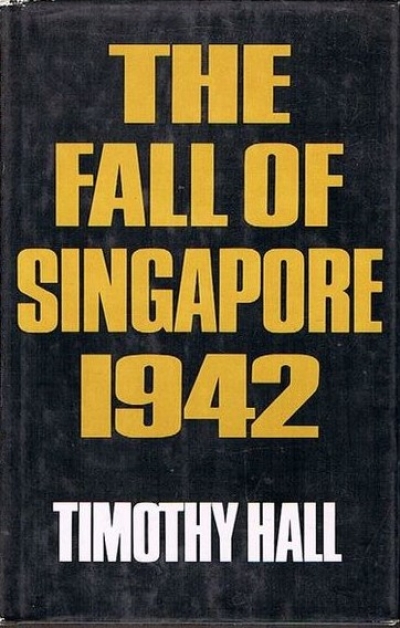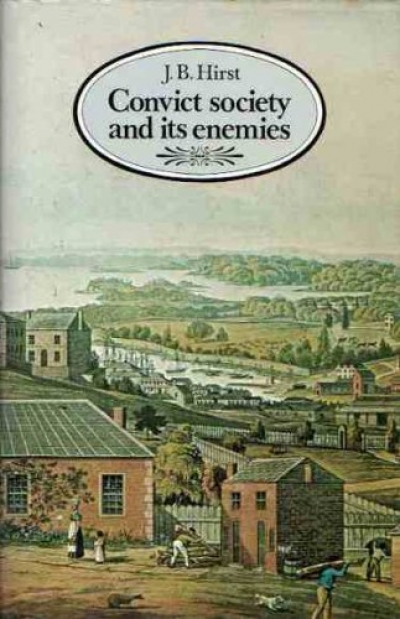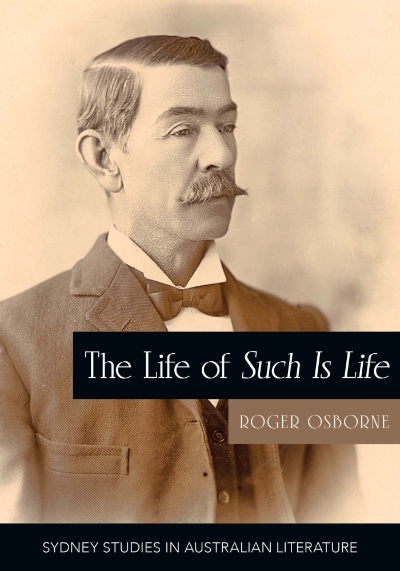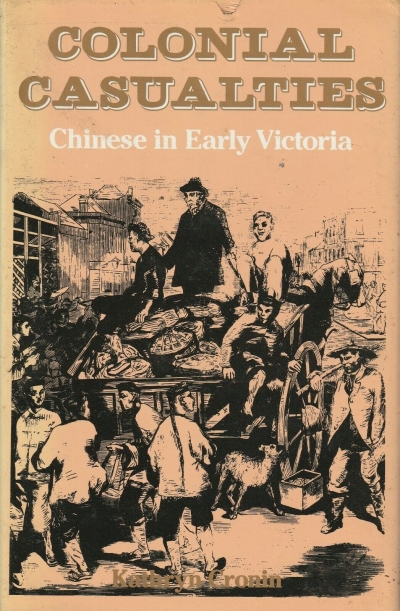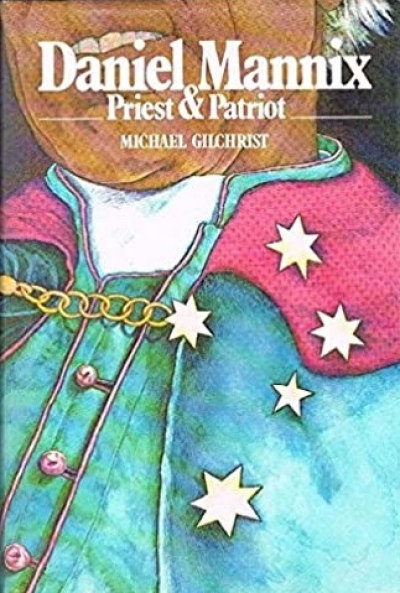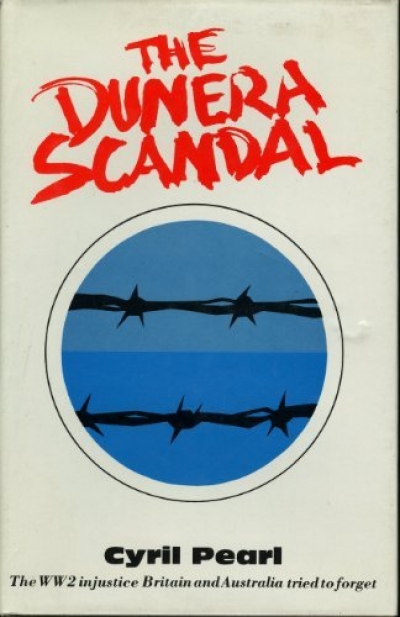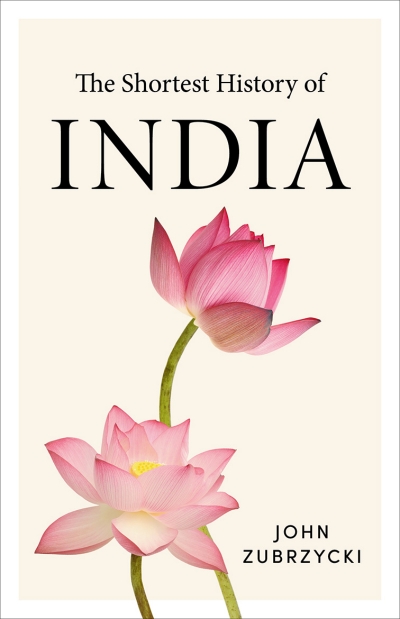History
The Journalistic Javelin: an illustrated history of the Bulletin by Patricia Rolfe
The Bulletin, The Bulletin,
The journalistic Javelin,
The paper all the humor’s in
The paper every rumor’s in
The paper to inspire a grin
The Bulletin. The Bulletin.
(The Bulletin, 28 May 1887)
Though I’d been looking forward to this book I had doubts about reviewing it. By definition it must touch on personal loyalties and friendships, and then, too, I had preconceptions about Bulletin history.
... (read more)Within three hours motoring of Sydney is a wild and lovely valley of forgotten history, where pioneer settlers sleep in forlornly neglected small cemeteries, or whose headstones mark their resting place on the original land grants. The Macdonald River meanders shallowly through farmlands and past a few scattered cottages; above tower the enclosing mountains bush-clad and rock-strewn; overall there seems to emanate a strangely disturbing restlessness as if the disembodied spirits of the first pioneers still exert an unseen influence in the once life-pulsating Valley.
... (read more)Timothy Hall has written a brief readable account of the lamentable Malayan campaign. but over the past forty years the story has been told more accurately and more dramatically by a succession of authors, many of whom were participants in that tragic debacle.
This obviously swiftly researched book is flawed by a number of omissions and exaggerations.
... (read more)In a major piece of historical revisionism, Dr John Hirst has scrutinised the so-called evils of convict society in New South Wales between 1788 and 1840. Together with a mythology that has stemmed from it. He sees the image of Botany Bay as a place of depravity, where ‘vice is virtue, virtue vice’, as having been created by the opponents of transportation, the late eighteenth-century prison reformers such as John Howard and Jeremy Bentham; he traces their influence through Evangelicals, like Wilberforce, to the liberal Russell and the radical Molesworth who, in the 1830s, saw Australian settlers wallowing with their assignees in a sensual sty. Since the penal colonies would never cleanse themselves, it behoved indignant parliamentarians at Westminster so to do.
... (read more)The Life of Such Is Life: A cultural history of an Australian classic by Roger Osborne
‘Such is life’ is a common phrase in Australian popular culture – it has even been tattooed on bodies – but Joseph Furphy’s novel of the same name, published in 1903, is often forgotten. Ned Kelly mythology suggests that he uttered this phrase just before being hanged in 1880, though some historians argue that what he actually said was, ‘Ah well, I suppose’. Long before Furphy (1843–1912) wrote his magnum opus, the stoic phrase was perhaps wrongly associated with a cult hero’s execution.
... (read more)Colonial Casualties, Chinese in Early Victoria by Kathryn Cronin
The bias in settlement and exploitation of nineteenth-century Australia was essentially English. These Antipodes were classed as a wide white land, for the Anglo-Saxon. A Scot or a Welshman could have a place. They were Celts, and classed as ‘British’, close to the centre of England’s Empire, the greatest ever seen.
... (read more)What major figure in Australian history, apart from Ned Kelly, has had more biographies than Archbishop Daniel Mannix? Librarians can give a decisive answer to this far from rhetorical question. Certainly, Mannix looms large in serious Australian historiography. There are personal studies by Captain Bryan (1919), E.J. Brady (1934), Frank Murphy (1948 and 1972), Niall Brennan (1964), and Walter Ebsworth (1977), and B.A. Santamaria’s short, weighty lecture of 1977. As well, the Mannix shelf is crammed with books like Michael McKernan’s Australian Churches at War, Gerard Henderson’s Mr. Santamaria and the Bishops, Patrick O’Farrell’s The Catholic Church and Community in Australia, and B.A. Santamaria’s Against the Tide – in all of which Mannix is a dominating force. There is no lack of information about the archbishop.
... (read more)‘This internment of ours is but a sideshow of the war’, says a former Dunera internee in this book. Yet this footnote to Britain’s war on the home front has acquired considerable importance for Australia.
... (read more)Australia is not the science-fiction capital of the world; in fact we are probably not even on the map. This unfortunate fact would change if we could produce more writers like Paul Collins.
... (read more)It takes genuine courage to attempt a synoptic history of India and considerable skill to abridge the story of more than five thousand years into a book of fewer than three hundred pages. For a start, the evidence we have for what occurred during the first forty centuries is scarce and uneven. Archaeologists have unearthed planned towns, figurines, seals, pots, and tools that attest to the existence of a sprawling and successful society flourishing in the Indus Valley from around 3300 BCE until 1300 BCE. But as John Zubrzycki explains in this clever book, we know little if anything about how this Harappan civilisation was ruled or organised, partly because its script has not been deciphered and partly because no buildings akin to palaces or temples have yet been found.
... (read more)

